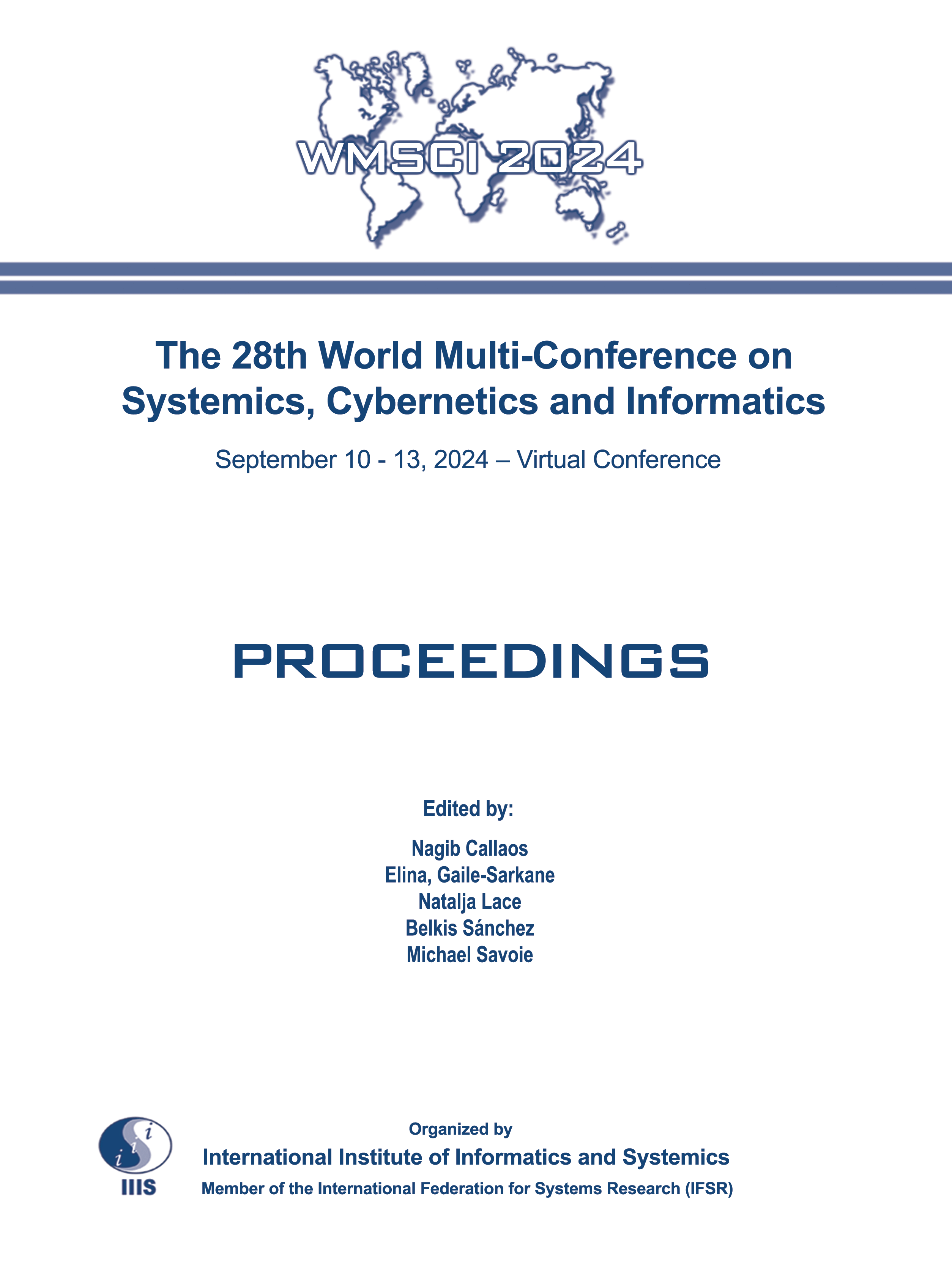2024 Summer Conferences Proceedings

|
Music in Education and in Therapy
Maria Rosaria D’Acierno Canonici Cammino
Proceedings of the 28th World Multi-Conference on Systemics, Cybernetics and Informatics: WMSCI 2024, pp. 325-332 (2024); https://doi.org/10.54808/WMSCI2024.01.325
|
The 28th World Multi-Conference on Systemics, Cybernetics and Informatics: WMSCI 2024
Virtual Conference September 10 - 13, 2024 Proceedings of WMSCI 2024 ISSN: 2771-0947 (Print) ISBN (Volume): 978-1-950492-79-4 (Print) |
|
Abstract
This research wants to investigate the importance and evolution of music as the starting point of human communication, even preceding language. It will trace its development in both the Western and the Eastern world, either as an important means of education or as a vehicle to alleviate physical and soul suffering.
By following Steven Mithen’s (2006) study on the Neanderthals, who used music to relieve pain and to promote cognition and social cohesion, we have introduced a music class 1) in a middle school for a group of students (11-13years old) in which 20 children could choose to play an instrument or to learn to sing. 2) Then, quite regularly (once a month) we visited all the children in the wards while receiving medical care, so to alleviate their physical and psychological pain. If music, as Mithen claims, has been applied since pre-historic era “to calm the distressed and to help the ones injured” as well as to help communication, even in our post-modern civilization the beneficial effects of music might produce good results. These principles were applied by the Greeks and the Islamic people when planning education and medical care. They both linked music to the most noble kind of communication, that is to say poetry. In fact, the Greek poets “were themselves singers, and their works were meant to be chanted by readers and interpreters, so as to be received into appreciation through the ear.” [1]. The jahiliyyah (al-shi’r al-J…hil† pre-Islamic poetry 540-620 a.C), too, links rhythm and words, generating a kind of cantillation, a cantillation, which still strongly emerges during the recitation of the Sacred Qur’…n. In sum, the main aim of our study is to promote music in every aspect, because music embraces psychological, neurological, cognition as well as educational features; characteristics which elevate our spirit, by directing our mind in a new path far from the present pain. Furthermore, music stimulates physical movement, curiosity, social cohesion, so that our brain increases the number of synapses because of the growth of new interests, that remove, even for a short time, a present hard situation. The Western civilization is going to appreciate the role of music in new forms of education as well as in new therapeutic roles for both children (aphasia) and elderly population (Alzheimer, Parkinson). |
||




